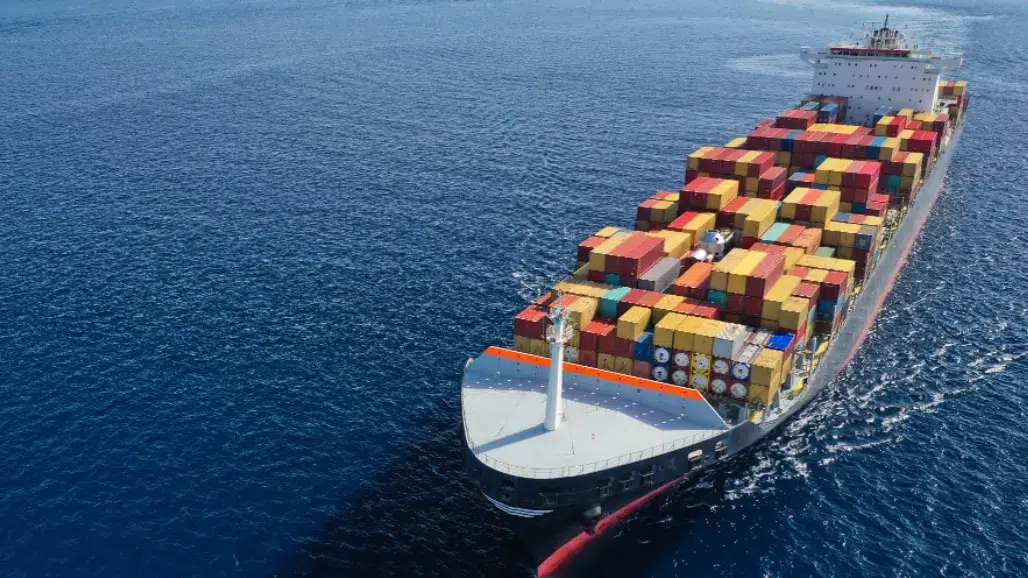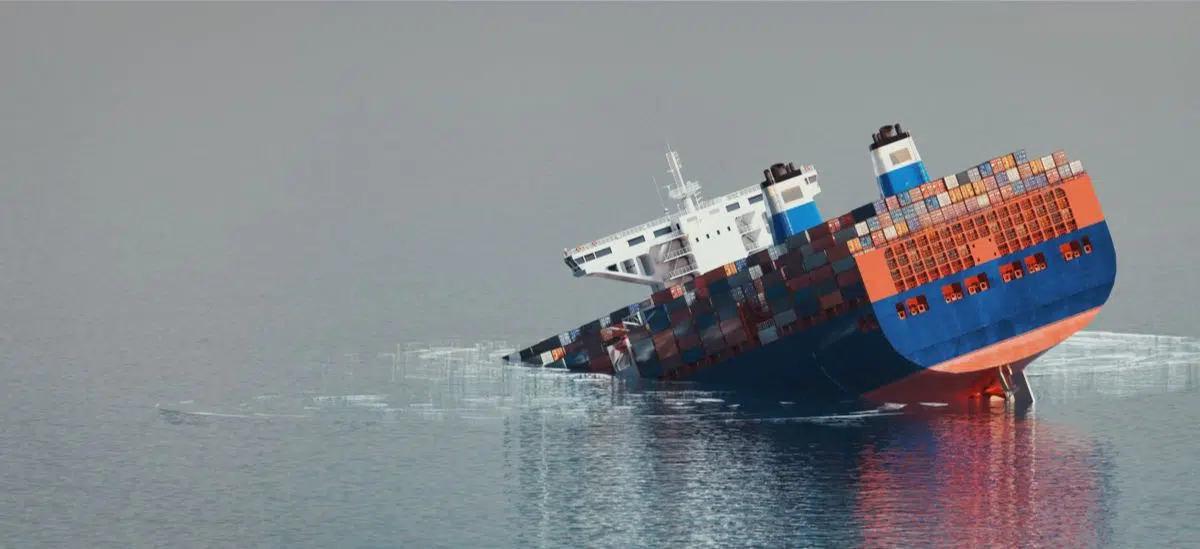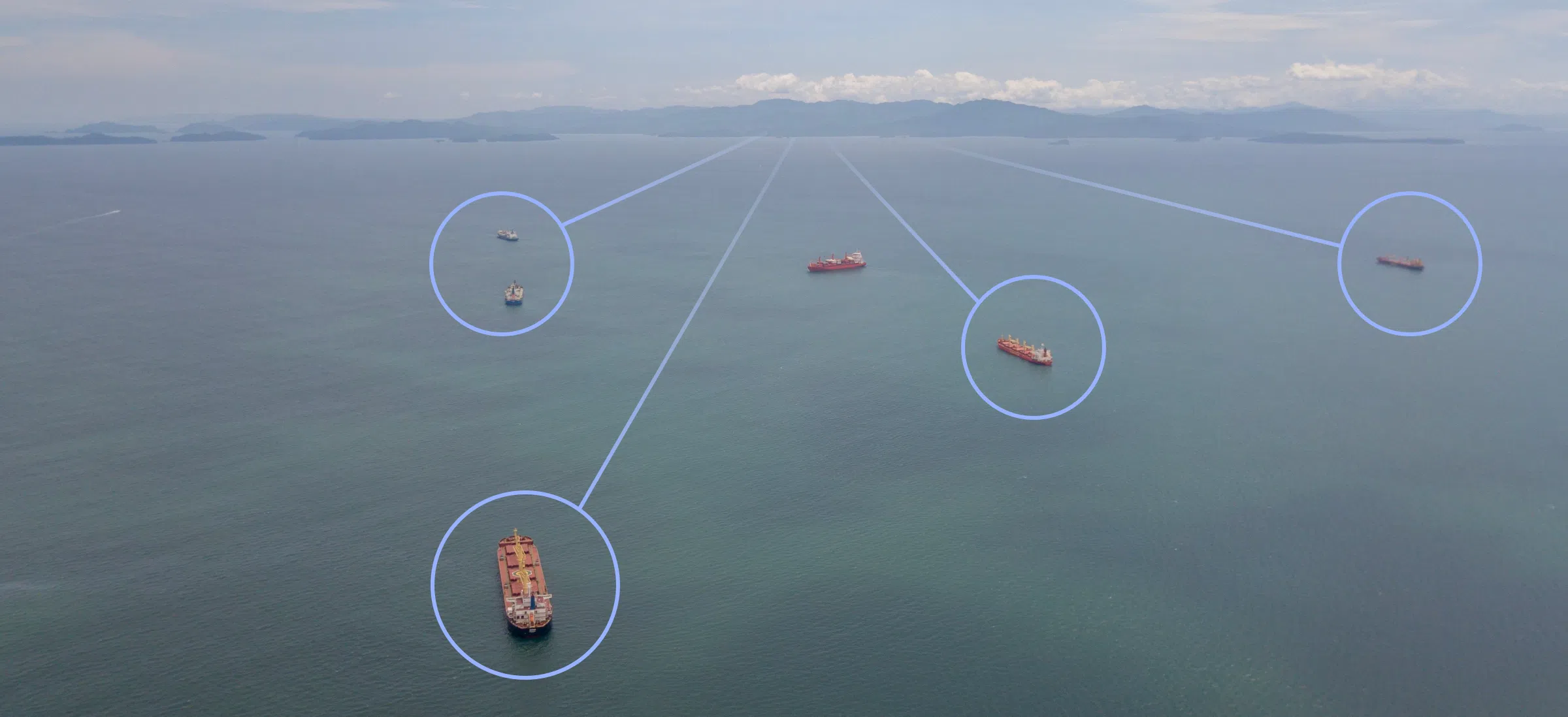Maritime route optimization has become essential for ensuring operational efficiency and safety, especially as shipping routes become increasingly congested and fuel costs rise. Traditional maritime route planning focused primarily on ensuring timely arrival, relying on static methods, and failing to take into account changing weather, sea conditions, and port congestion. Though useful for container ships, drilling vessels, and tankers, this pre-planned approach often led to inefficiencies, higher fuel consumption, and increased safety risks.
Today, advanced route optimization has evolved significantly, now incorporating real-time data and advanced technologies to adapt to changing conditions like weather, sea currents, and traffic. Beyond safety, the modern approach to voyage planning now also focuses on minimizing fuel consumption, emissions, and operational costs to meet the maritime industry’s growing demands.
The IMO’s Guidelines for Voyage Planning (2000) formalized a structured process to ensure safe navigation from ‘berth to berth,’ outlining four key steps:
- Appraisal: A thorough pre-voyage assessment of factors affecting the journey, including the vessel’s condition, weather forecasts, sea traffic, and port details.
- Planning: Charting the optimal route, taking into account speed adjustments, safety measures, and contingency plans.
- Execution: Carrying out the voyage in alignment with the plan, while accounting for optimal weather and traffic conditions.
- Monitoring: Continuous real-time oversight to adjust the route based on unforeseen circumstances such as changes in weather or traffic.
While these steps remain at the core of voyage planning, the integration of modern technology has revolutionized how they are executed. AI-driven systems, predictive analytics, and real-time data now allow crews to dynamically adjust routes, reduce fuel consumption, cut emissions, and enhance overall safety. What was once a static process has become a dynamic, data-driven practice, constantly adapting to the realities of today’s maritime environment.
Planning, Perfected: The Logic of Voyage Optimization
In recent years, alongside crew and cargo safety, there are several other key parameters that maritime crews take into consideration, in order to optimize the journey. Each company may assign different weights to the parameters influencing route optimization based on their operational priorities and strategic goals. Consequently, the route planning process is not a one-size-fits-all approach but rather a tailored strategy that reflects the unique objectives of each organization.
Basic route planning systems often focus solely on determining the “shortest” or “fastest” route from point A to point B. However, with the increasing emphasis on sustainability driven by the IMO’s regulation for net-zero emissions by 2030, it has become imperative to consider a broader range of factors in the planning process.
Key parameters that must be weighed include:
- Safety: Ensuring safe navigation is the top priority. The risk of collisions, especially in congested waters, requires advanced tools and protocols to mitigate potential dangers. Collisions often result from poor human planning or navigation, with estimates suggesting that 75%–96% of marine accidents are linked to human error, leading to significant costs and endangering crews. Maritime AI ship routing optimization can further enhance safety by identifying and avoiding potential hazards, such as storms, shallow waters, and congested shipping lanes. By optimizing routes and providing real-time guidance through situational awareness systems, fleets can reduce the risk of accidents and incidents, ensuring safer and more efficient voyages
- Fuel Consumption and Carbon Emissions: As fuel prices continue to rise, optimizing fuel usage is critical for maintaining profitability. Additionally, the maritime industry is a significant contributor to global greenhouse gas emissions, with its share increasing from 2.76% to 2.89% between 2012 and 2018. Effective route planning aims to minimize fuel consumption while also striving to reduce greenhouse gas emissions, aligning with the IMO’s 2050 net-zero strategy.
- Logistics and Voyage Costs: The overall cost of a voyage depends on factors like port fees, transit times, and time at sea. While shorter routes may reduce transit times, they often increase fuel consumption due to higher speeds. Conversely, slower routes can save fuel but may extend the time spent at sea, potentially leading to higher fees or delays. Additionally, both slow and fast navigation must account for port congestion and wait times, which can further impact costs by causing delays or extended docking fees. To optimize costs, maritime operators must carefully balance these variables, considering how speed, fuel efficiency, and port logistics interact.
The Role of Advanced Technology in Maritime Route Optimization
Pre-voyage route planning:
Traditional maritime routes have remained largely unchanged, often overlooking key factors like weather, traffic, and hazards. With growing trade volumes and fleet sizes, ship operators now face greater challenges in managing travel times, fuel prices, port congestion, and handling times, making reliance on intuition insufficient.
Modern route optimization technologies, driven by AI, provide a solution by analyzing real-time data, such as weather forecasts, traffic patterns, and historical voyage information. These advanced tools allow crews to plan routes that not only optimize speed and fuel consumption but also enhance safety and reduce emissions. By integrating vessel performance data, AI solutions accurately predict departure times and speed adjustments, while advanced algorithms proactively identify potential hazards. This comprehensive, data-driven approach transforms route planning into a process that ensures more efficient, safer, and sustainable voyages.
During the voyage:
During the voyage, effective route optimization relies heavily on real-time decision-making and monitoring. The bridge lookout—managed by the Officer of the Watch or automated systems—plays a vital role in identifying and responding to unexpected hazards and changing conditions, especially in congested waters and low visibility conditions.
Modern AI technologies enhance this process by automating lookout functions and employing machine learning algorithms to detect potential hazards from significant distances. For example, AI-based object detection systems can identify targets well in advance, preventing abrupt course changes. This proactive maneuvering optimization approach saves valuable time, reduces fuel consumption by minimizing unnecessary acceleration and deceleration, and lowers associated emissions.
Engine performance optimization also plays a key role in route optimization in real time; advanced hardware can automatically adjust engine RPM to maintain optimal speeds without human intervention, further enhancing fuel efficiency and minimizing environmental impact.
Post-voyage:
Another aspect of voyage planning is constant reporting and documentation, which serves both real-time needs and future reference. Post-voyage analysis is essential for building a database that enhances vessel route optimization. This process allows crew members to review performance trends, document insights, and identify areas for improvement.
AI-based analysis provides performance insights throughout the journey that help crews learn from their experiences and also feed data back into optimization algorithms. As these algorithms self-evaluate based on collected data, they continually refine their recommendations for future voyages. This integration of crew feedback and algorithmic learning fosters a cycle of continuous improvement, enhancing both operational efficiency and safety in subsequent journeys.
Route Optimization: Paving the Way for Autonomy
The IMO’s Guidelines to Voyage Planning may be over 20 years old, yet they remain a cornerstone for modern route optimization. Today’s advanced technologies enable maritime planners and crews to apply these guidelines with unparalleled precision. Tools like predictive platforms, machine learning analytics, and computer vision-based bridge watchkeepers facilitate real-time micro-adjustments to voyage parameters that crews might overlook or lack incentives to modify frequently.
By adopting these technologies, the industry can realize significant economic benefits, improving fuel efficiency and reducing emissions while maintaining high operational standards. This approach not only supports sustainability goals but also fosters a more responsive and adaptable maritime environment, ultimately driving continuous improvement in voyage planning and execution and paving the way for the future of autonomous shipping.









